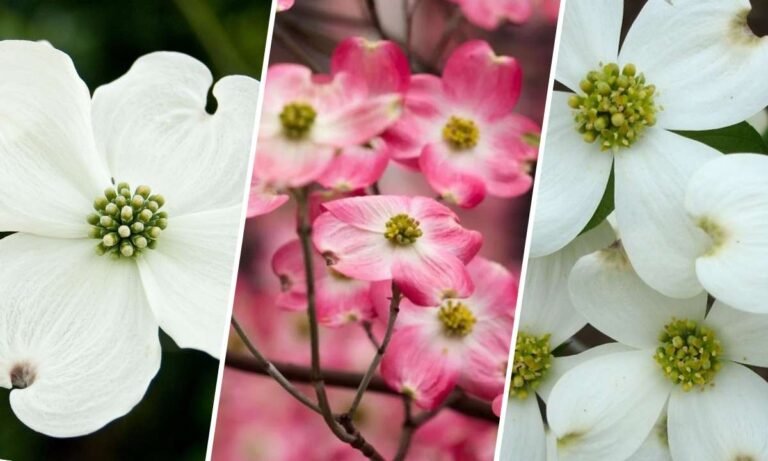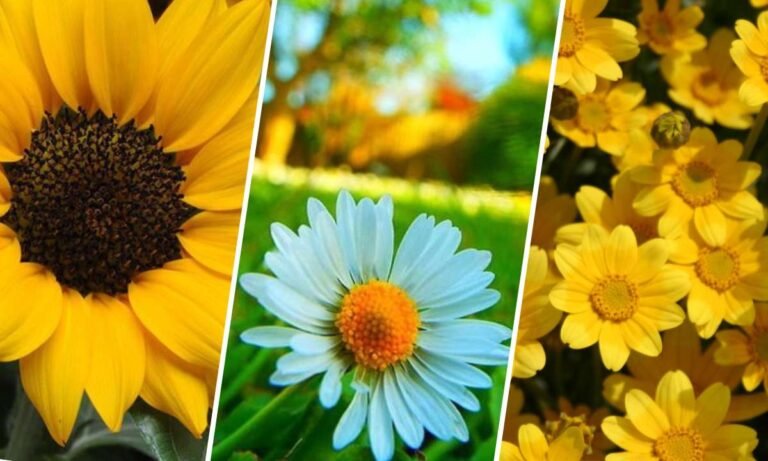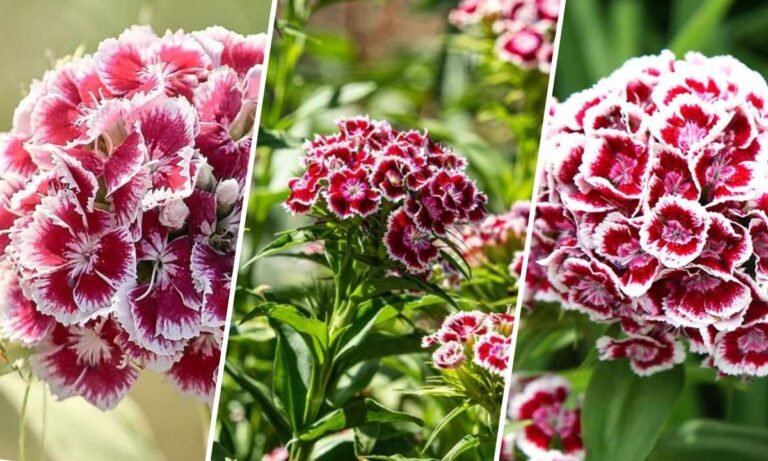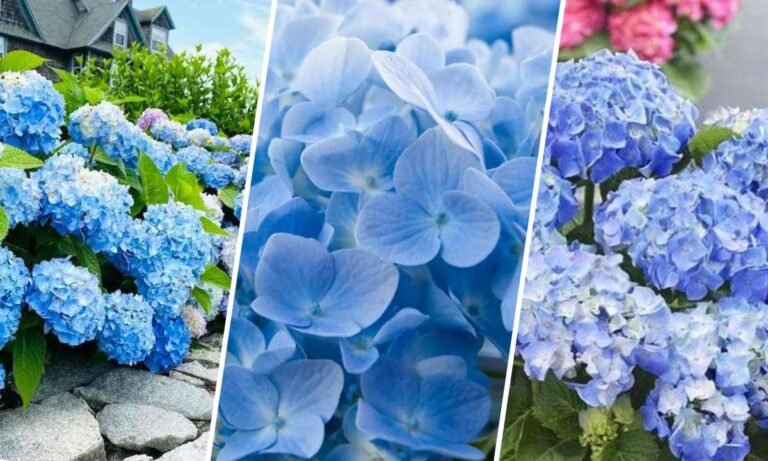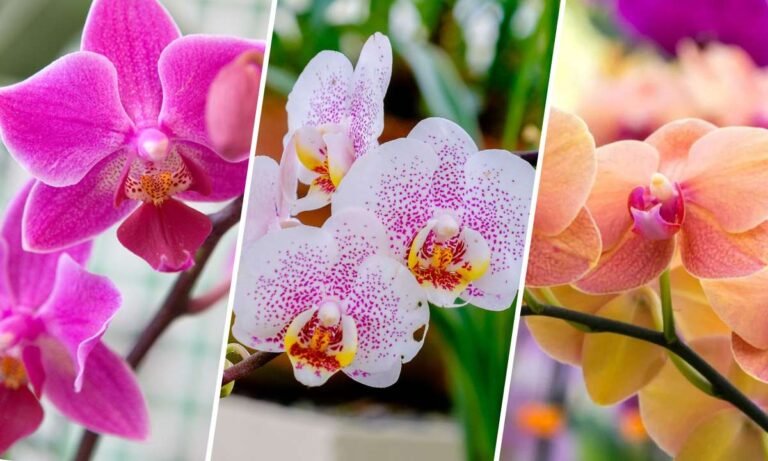The Bird of Paradise flower, scientifically known as Strelitzia reginae, is one of the most stunning and exotic plants you’ll find. Its vibrant colors and unique shape, resembling a tropical bird in flight, make it a favorite for gardens and floral arrangements. Let’s dive into its meanings, symbolism, origins, cultural significance, and how to care for this fascinating flower.
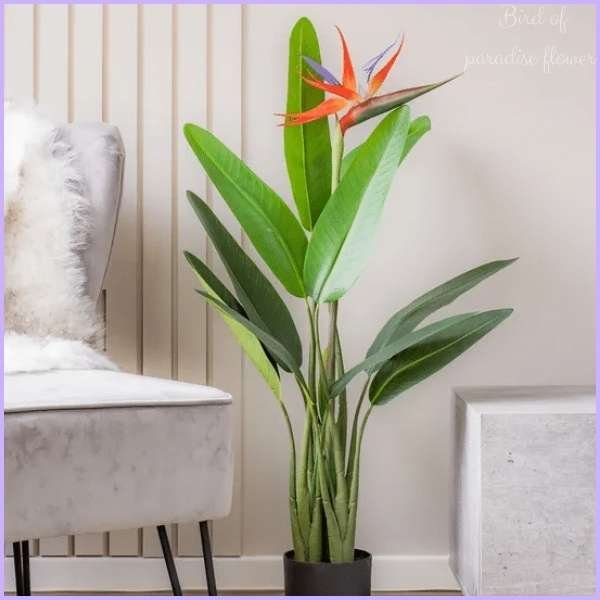
Origins and Botanical Description
The Bird of Paradise flower comes from South Africa and belongs to the Strelitziaceae family, closely related to bananas. It typically grows 3 to 5 feet tall, with large, banana-like leaves. The flowers are a brilliant mix of orange and blue, often blooming from late winter to early spring.
Symbolism and Meaning
Freedom and Joy
The Bird of Paradise flower symbolizes freedom and joy. Its bird-like appearance represents soaring above challenges and embracing life with joy and liberation, making it a perfect gift for someone starting a new journey or adventure.
Paradise and Heaven
This flower also stands for paradise and heaven. Its exotic beauty evokes images of tropical paradises and celestial realms, making it popular for weddings and celebrations. It conveys optimism and a bright future.
Magnificence and Royalty
With its regal look, the Bird of Paradise flower symbolizes magnificence and royalty. Named Strelitzia reginae in honor of Queen Charlotte, the wife of King George III of England, it has strong royal connections.
Cultural Significance
South African Heritage
In South Africa, this flower is a symbol of national pride, featured on various national emblems, representing the country’s unique flora.
Hawaiian Culture
In Hawaiian culture, known as the “crane flower,” it’s often used in leis and traditional decorations. It symbolizes magnificence and is believed to bring good fortune and positive energy.
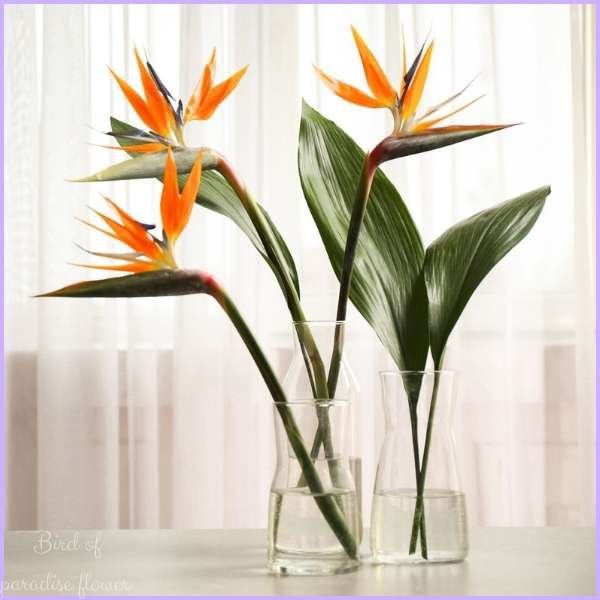
Varieties of Bird of Paradise
Strelitzia reginae
The most well-known variety, with iconic orange and blue flowers, commonly cultivated in gardens and floral arrangements worldwide.
Strelitzia nicolai
The “white Bird of Paradise” is a larger variety, growing up to 30 feet tall, with white flowers tinged with blue, often used as a focal point in landscaping.
Historical Significance
Introduced to Europe in the late 18th century, it quickly became a symbol of exotic beauty and luxury. Named after the royal consort of King George III, it is associated with nobility and grandeur.
How to Grow and Care for Bird of Paradise
Planting and Soil Requirements
These plants thrive in well-drained, fertile soil. Plant them where they get full sunlight to partial shade. Ensure the soil is rich in organic matter for healthy growth.
Watering and Fertilization
They need regular watering, especially during the growing season, but avoid waterlogging to prevent root rot. Use a balanced, slow-release fertilizer every few months for robust flowering.
Pruning and Maintenance
Pruning is essential for maintaining shape and health. Remove dead or damaged leaves and trim overgrown sections to promote air circulation and reduce disease risk.
Pest and Disease Control
Bird of Paradise plants are hardy but can get pests like aphids and scale insects. Regularly check your plants and treat infestations with insecticidal soap or horticultural oil. Good air circulation prevents fungal diseases.
Bird of Paradise in Floral Arrangements
Wedding Bouquets
Its striking appearance and symbolism of joy and paradise make it a popular choice for wedding bouquets, adding an exotic touch to bridal arrangements.
Tropical Displays
In floral displays, the Bird of Paradise is used to create dramatic, tropical arrangements, making it a focal point in settings from hotel lobbies to corporate events.
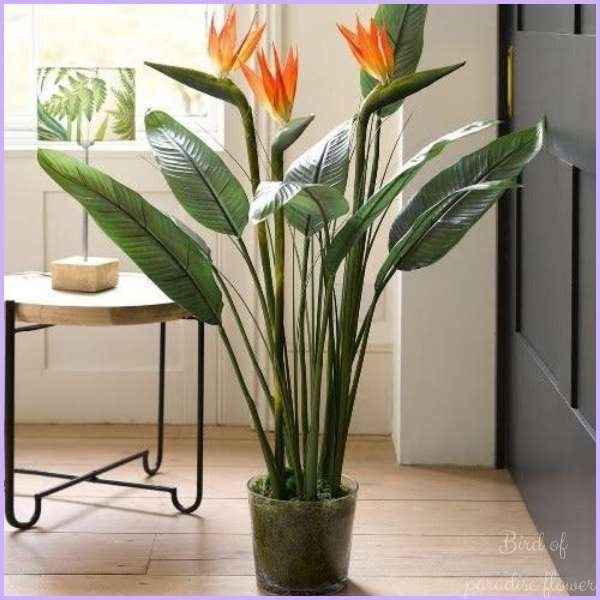
Conclusion
The Bird of Paradise flower symbolizes freedom, joy, and magnificence. Its cultural significance and striking beauty make it a beloved plant worldwide. Understanding its meanings, origins, and care requirements helps you appreciate the allure of this extraordinary flower.

